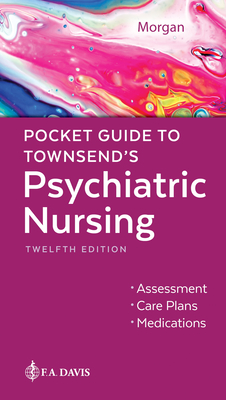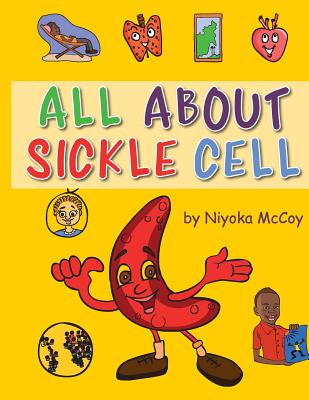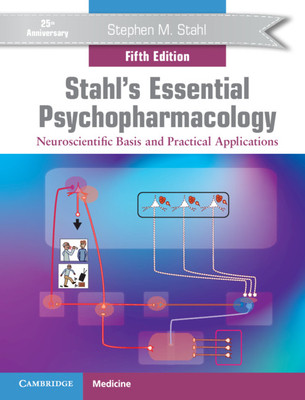
description
ical diagnoses to create a care planUp-to-date coverage of the latest psychotropic medications
This quick reference pocket guide is two books in one! The first half provides the diagnostic information needed to create a care plan; the second half covers the safe prescription and administration of psychotropic medications. It's the most complete and easy-to-use resource on how to develop practical, individualized plans of care for psychiatric-mental health patients...perfect for clinical rotations now and for practicing nurses later. Concepts can be applied in a variety of healthcare settings...from in-patient hospitalization through the outpatient clinic...to home health and private practice. The perfect addition!"I used this daily during my psych rotation and it'll remain on my shelf for future reference. Great must have!"--Sarah, Online Reviewer Nursing Student Psych Nurse must-have."Super useful for nursing diagnoses and concept maps that were required. Has "evidenced by", "goals", "interventions" and "outcomes" -- plus describes all the different conditions! I want one for all my rotations!"--Elle, Online Reviewer
This quick reference pocket guide is two books in one! The first half provides the diagnostic information needed to create a care plan; the second half covers the safe prescription and administration of psychotropic medications. It's the most complete and easy-to-use resource on how to develop practical, individualized plans of care for psychiatric-mental health patients...perfect for clinical rotations now and for practicing nurses later. Concepts can be applied in a variety of healthcare settings...from in-patient hospitalization through the outpatient clinic...to home health and private practice. The perfect addition!"I used this daily during my psych rotation and it'll remain on my shelf for future reference. Great must have!"--Sarah, Online Reviewer Nursing Student Psych Nurse must-have."Super useful for nursing diagnoses and concept maps that were required. Has "evidenced by", "goals", "interventions" and "outcomes" -- plus describes all the different conditions! I want one for all my rotations!"--Elle, Online Reviewer
- Updated! Psychiatric disorders reflect the taxonomy and diagnostic criteria of the DSM-5-TR and Nursing diagnoses current with the NANDA-I 2021-2023 Nursing Diagnoses Definitions and Classifications
- Expanded & Updated! Section on psychotropic medications includes the addition of medications available since the last edition and the deletion of those discontinued.
- Clinical Pearl boxes highlight must-know information and interventions for diagnoses.
- Index of Client Behaviors with page numbers listed on inside covers.
- Organized by DSM-V-TR and NANDA diagnoses.
- Helpful rating scales in the appendices--Hamilton Depression Rating Scale, Abnormal Involuntary Movement Scale, and Hamilton Anxiety Rating Scale
- Nursing diagnoses and interventions include the definition, possible etiologies ("Related to ..."), defining characteristics ("Evidenced by ..."), objectives broken down to show long- and short-term goals, interventions with selected rationales, and desired patient outcomes/discharge criteria.
- Each psychiatric disorder lists background assessment data, predisposing factors, symptomatology, and nursing diagnoses and nursing interventions commonly associated with the disorder.
- Unit on psychotropic drug classifications covers anti-anxiety agents, antidepressants, mood stabilizing agents, antipsychotics, antiparkinsonian and tardive dyskinesia drugs, sedative hypnotics, and agents used to treat attention-deficit/hyperactivity disorder.
- Indications, route, and dosage listed for individual drugs as well as for classifications.
- Communication interventions in the care plans reinforce the emphasis on therapeutic communication,
member goods
No member items were found under this heading.
notems store
Return Policy
All sales are final
Shipping
No special shipping considerations available.
Shipping fees determined at checkout.







